
Fiano isn’t just another Italian white. It’s a volcanic original with texture, tension, and serious table swagger.
This guide dives into its roots and winemaking hacks, breaks down regional styles, unpacks its aromas and flavours, nails the food pairings, and lays out how to serve, cellar, and scout top bottles—plus why Fiano’s got a legit sustainability flex in a warming world.
Fiano is Campania’s calling card. A white grape variety with a long history rooted in the Campania region of southern Italy. Thought to be one of the indigenous varieties of the area. Its name may derive from vitis apiana, the Latin word for “vine beloved by bees,” referencing its heady aromatics. Among Italian varieties, Fiano stands out for its distinctive profile, and its evolution alongside other Italian grape types highlights the diversity and adaptability of Italian varieties in both traditional and modern winemaking.
This Italian variety was prized during the Roman Empire and has staged a quiet comeback in recent decades, thanks to its unique characteristics: a natural balance of texture, acid, and aromatics. In Campania, old vines play a significant role, with many Fiano vineyards containing old vines that contribute to the complexity and uniqueness of the wines produced from this region.
Grown primarily on volcanic soils, Fiano produces wines that feel like red wine dressed in white: structured, rich, yet lifted. Its reputation as a serious grape variety continues to rise, especially among sommeliers and producers who value authenticity and nuance in their whites. While indigenous grapes like Fiano are celebrated for their regional character, international varieties such as Cabernet Sauvignon have also shaped modern vineyards, often providing a contrast to the traditional Italian varieties.
Fiano’s story begins in the sun-drenched hills of southern Italy, where this white grape variety has been cultivated for centuries. Deeply rooted in the Campania region, Fiano’s legacy stretches back to the days of the Roman Empire, when it was celebrated for producing sweet, aromatic wines that captivated ancient palates.
The grape’s name is thought to derive from the Latin word “vitis apiana”—the “vine of the bees”—a nod to the irresistible fragrance of its fruit, which was said to attract swarms of bees in search of its nectar-like sweetness. Over the centuries, Fiano has remained a cherished grape in the Campania region, particularly around Avellino, where its reputation for quality and character has only grown.
Today, Fiano stands as a testament to the enduring appeal of southern Italy’s indigenous grape varieties, offering wine lovers a direct link to the region’s rich viticultural history.
What sets the Fiano grape apart is its remarkable combination of resilience and character. With thick skins and loose bunches, Fiano grapes are naturally equipped to thrive in warm climates, where they can withstand intense sun and still retain their signature high natural acidity. The small size of the berries and the grape’s tendency toward low yields mean that every cluster packs a punch of concentrated flavour—ideal for producing wines with depth and complexity.
For wine drinkers, Fiano’s appeal lies in its aromatic complexity: expect a bouquet of floral notes, stone fruit, and subtle nutty notes that make each glass both distinctive and inviting. These unique characteristics not only define the grape’s identity but also ensure that Fiano wines consistently deliver a memorable sensory experience, whether enjoyed young and vibrant or with a touch of bottle age.
Fiano is a proud member of the family of indigenous varieties that have shaped the wine landscape of southern Italy. In the Campania region, generations of growers have nurtured this grape, recognizing its unique characteristics and its ability to flourish in the region’s volcanic soils and warm climates. The commitment of local winemakers to preserving Fiano’s heritage has resulted in a wealth of high-quality Fiano wines that showcase the grape’s adaptability and depth. As one of the standout indigenous varieties, Fiano continues to thrive alongside other local grapes, contributing to the rich tapestry of southern Italian wine culture. For those seeking wines with a true sense of place, Fiano offers a taste of tradition, terroir, and the enduring passion of the region’s growers.
Modern producers approach Fiano like a startup unicorn: overall quality is high, cash burn is minimized, and upside is maximized.
The result? A wine that drinks smart—youthfully crisp or aged into nutty elegance—with producing Fiano wines becoming a craft as much as a tradition. The rich texture of Fiano enhances its overall balance and complexity, making each sip memorable.
Fiano wines are celebrated for their aromatic style, with expressive notes of stone fruit, citrus, and delicate floral tones that leap from the glass.
Thanks to the grape’s high natural acidity and structured texture, Fiano lends itself to a variety of wine styles—from crisp, fruit-driven bottlings perfect for warm afternoons to more complex, age-worthy examples that reveal layers of honey and nutty notes over time. The renowned Fiano di Avellino DOCG serves as a benchmark for the grape, producing wines that showcase its distinctive characteristics and the impact of the region’s volcanic soils.
As Fiano wines mature, bottle age brings added depth and aromatic complexity, making them a rewarding choice for wine enthusiasts who appreciate both freshness and evolution in the glass. Whether you’re drawn to the vibrant citrus and floral notes of a young Fiano or the rich, honeyed character of an older vintage, this grape delivers a singular and satisfying wine experience.
Every sip is a dual-core processor
Primary:
Secondary:
Tertiary:
Primary:
Secondary:
Texture:
Finish:
Fiano is a sommelier’s Swiss Army knife—versatile, expressive, and increasingly showing up on curated wine lists for good reason. Its balance of zesty acidity, texture, and aromatic nuance makes it a natural partner for a wide range of cuisines. Below, a quick-reference matrix shows how Fiano adapts across styles, with seafood dishes, vegetables, spices, and aged cheeses all in its comfort zone.
Fiano is one of Italy’s most compelling white grapes, capable of reflecting site-specific terroir while maintaining its signature texture and aromatic depth. Its standout trait is Fiano’s adaptability—the grape thrives in both volcanic hillsides and warm climates with coastal influence. This resilience has sparked global interest, leading to stylistic variation across southern regions and beyond. Below, we explore how Fiano expresses itself in five key areas—each shaped by unique climate drivers and winemaking philosophies.
In its spiritual home of Campania, particularly around Avellino, Fiano thrives at altitudes between 400 and 700 meters on volcanic tuff soils, characterized by dramatic diurnal temperature shifts. These conditions produce wines that are characterized by tension, minerality, and age-worthy structure. Fiano from Avellino is a textbook example of the perfect balance between richness and acidity, often developing into honeyed and nutty complexity over time. This is truly the benchmark expression: structured, mineral, and full of textbook precision.
Moving south and inland to Basilicata and Puglia, the climate shifts to warmer, sun-drenched conditions, characterized by limestone and clay soils. These southern regions produce a rounder, more tropical profile of Fiano, with a lower acidity and a softer structure. Here, the grape can be more high-yielding, making it attractive to many growers focused on accessibility and volume. These approachable styles are less about longevity and more about immediate appeal, pairing well with sunshine cuisine and casual gatherings.
In Australia’s McLaren Vale, Australian Fiano has quickly gained traction thanks to the region’s Mediterranean heat tempered by maritime breezes. Mark Lloyd played a pioneering role by planting Fiano at Coriole in McLaren Vale after a trip to Italy, significantly contributing to the establishment of Australian varietal Fiano wines. This climate has proven ideal for the grape, resulting in wines that are zesty, saline, and citrus-driven. Producers tout its resilience in hot, dry conditions—proof that Fiano can handle the extremes of warm climates. It’s no surprise that Fiano is becoming a poster child for climate change adaptation in Australian viticulture.
Regions like Adelaide Hills and Hunter Valley present cooler night temperatures and leaner soils, which shape a crisper, more herbal expression of Fiano. These wines emphasize freshness, crunchy acidity, and subtle green tones—making them natural crossover candidates for Sauvignon Blanc drinkers. In contrast to its role in high-yielding zones, Fiano is grown here with precision to preserve purity and enhance lift. This style shows that the grape can deliver vibrancy without sacrificing texture.
Across the United States, small experimental plots of Fiano are emerging, particularly in Sonoma and Virginia. While still in early stages, these wines show promising density and aromatic complexity, with winemakers exploring how the grape performs in varied microclimates. With its global momentum and flexible nature, Fiano’s adaptability makes it a promising candidate for warm, variable climates in North America. These are “proof of concept” wines—early signs of what’s possible for the American palate.
Think of Fiano as the Tesla Model 3 of whites: efficient, high-performing, rapidly mainstreaming.
Fiano is no longer a niche Italian curiosity; it’s the answer to a warming planet and a palate tired of copy-paste Sauvignon Blanc. Whether you’re chasing an age-worthy Avellino or a beach-ready McLaren Vale, you’re getting a white that balances Mediterranean swagger with boardroom precision. For wine drinkers craving something both smart and soulful, Fiano delivers.
It’s also a grape that rewards wine knowledge. The more you know about the site, style, and producer, the more this wine gives back in the glass. Even the most seasoned wine writer will find something new to say with every bottle. It’s the white that “logs you into taste nirvana and then asks for the sale”.

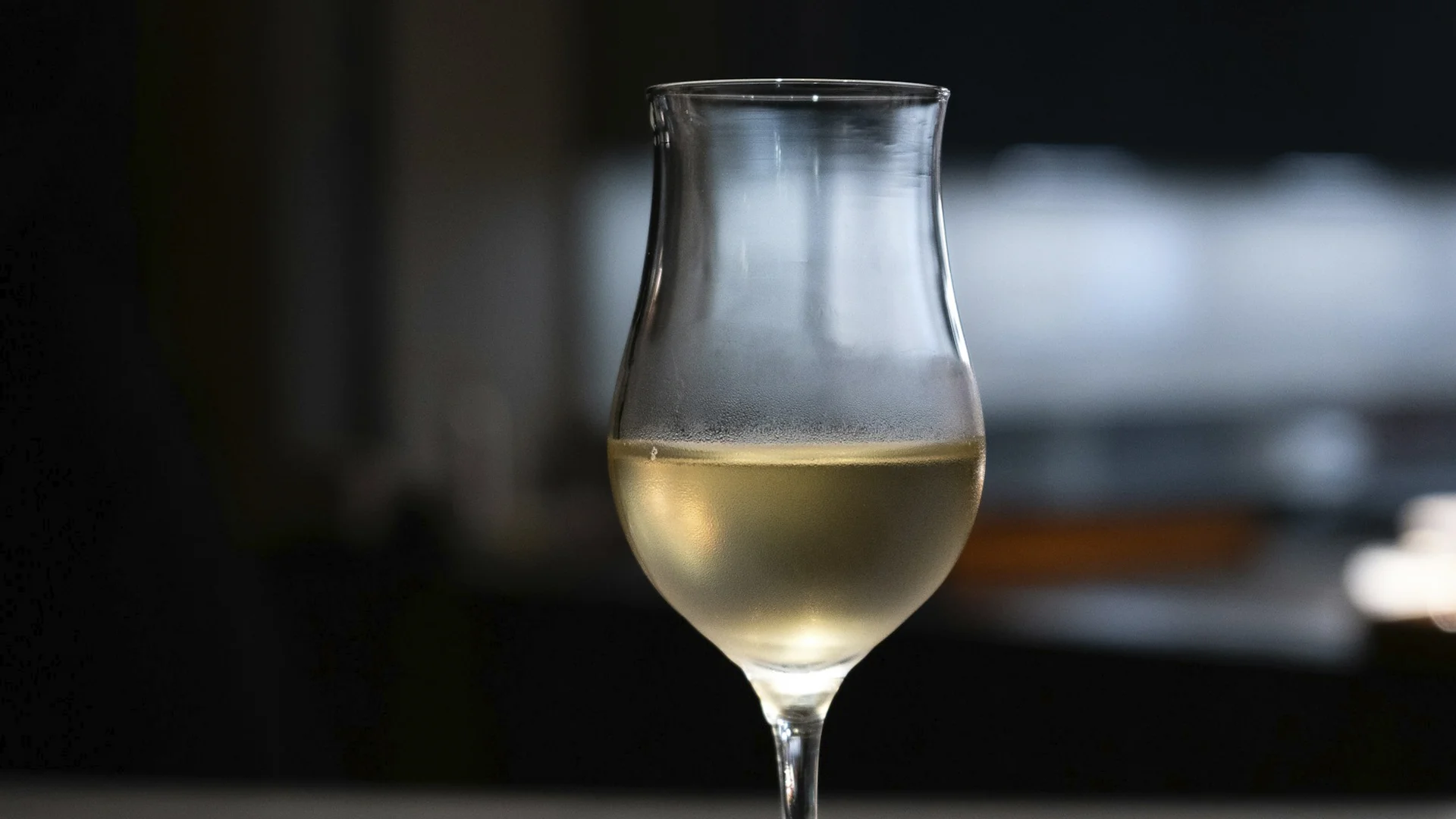
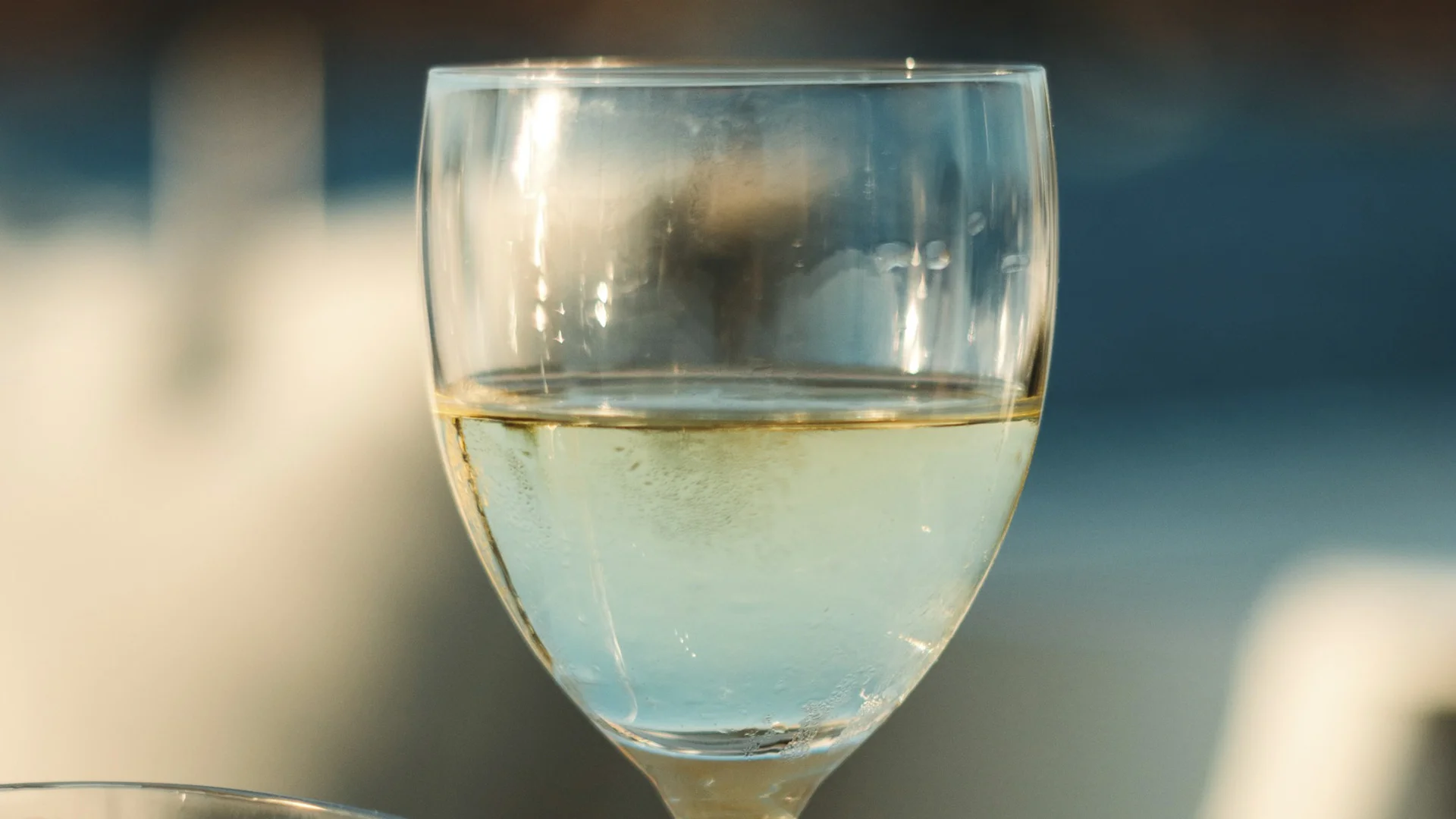
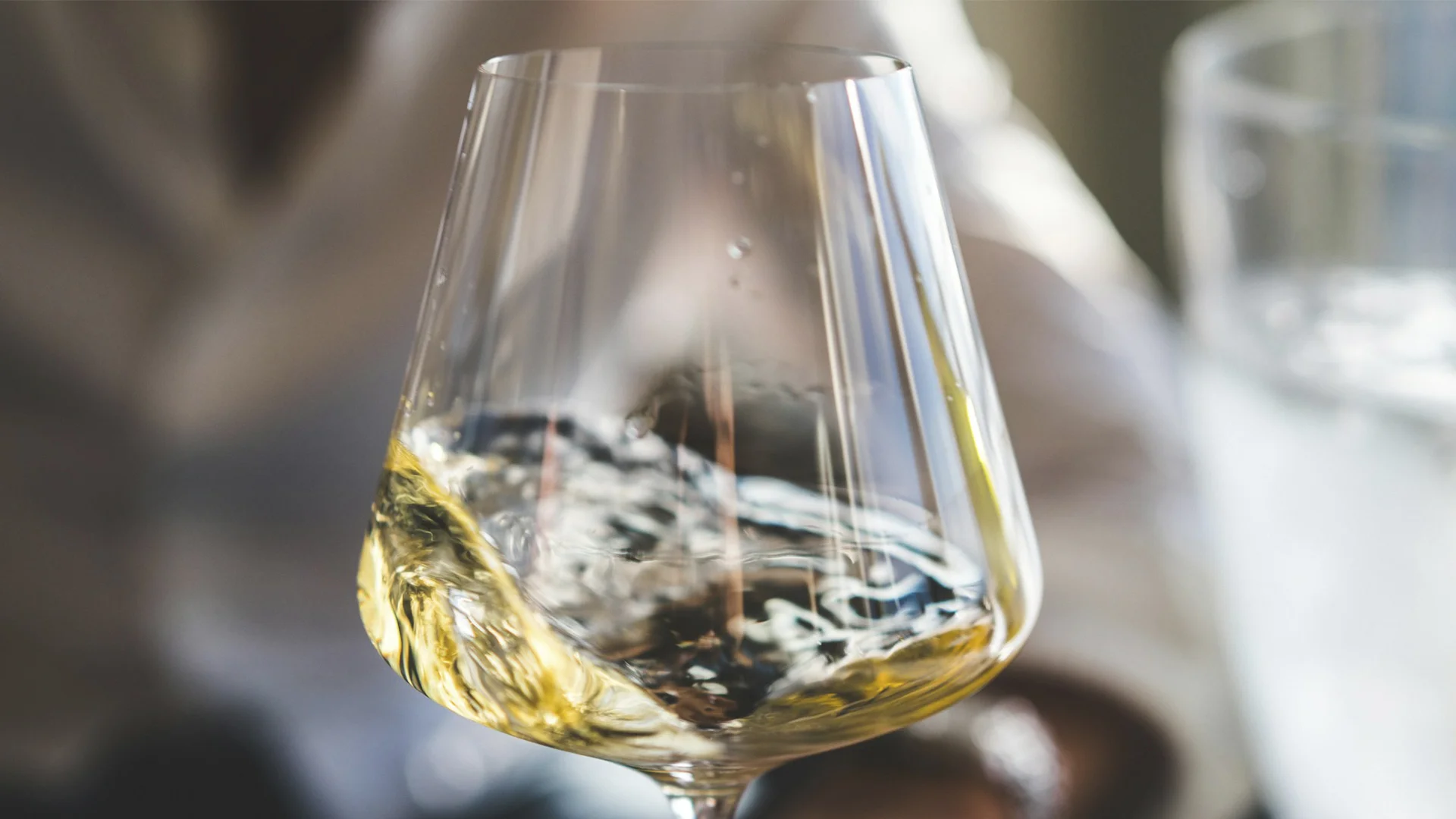
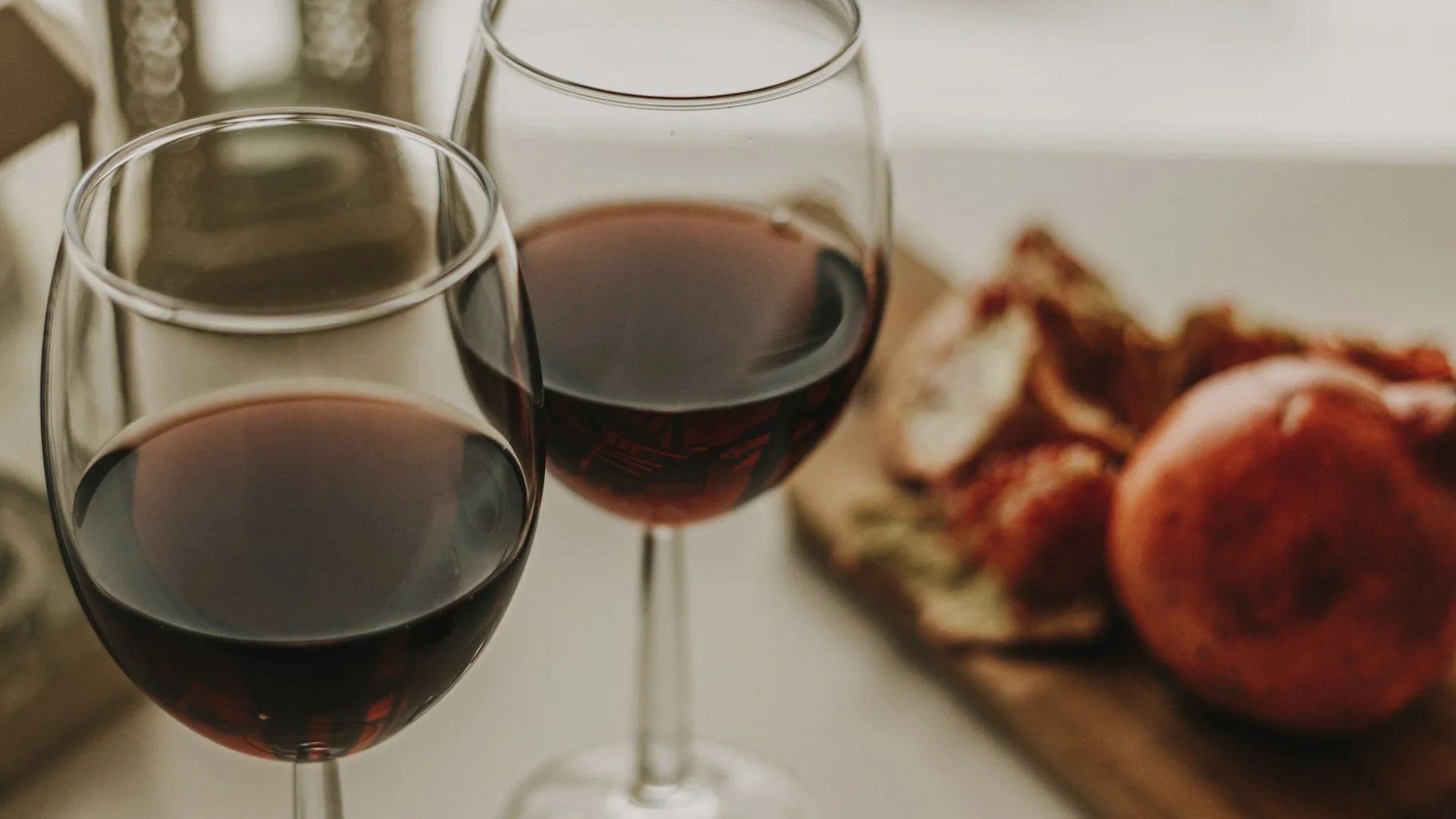

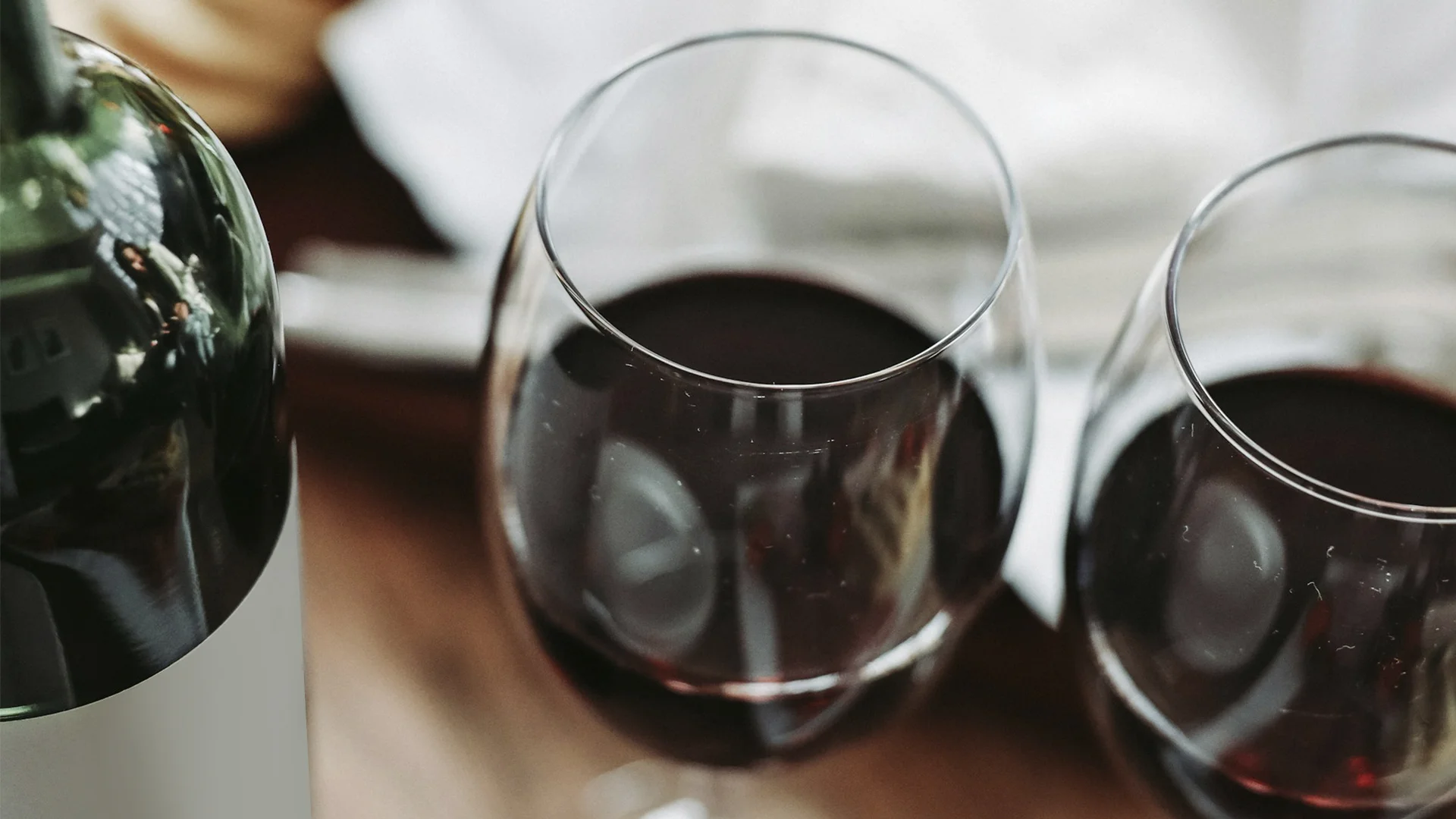
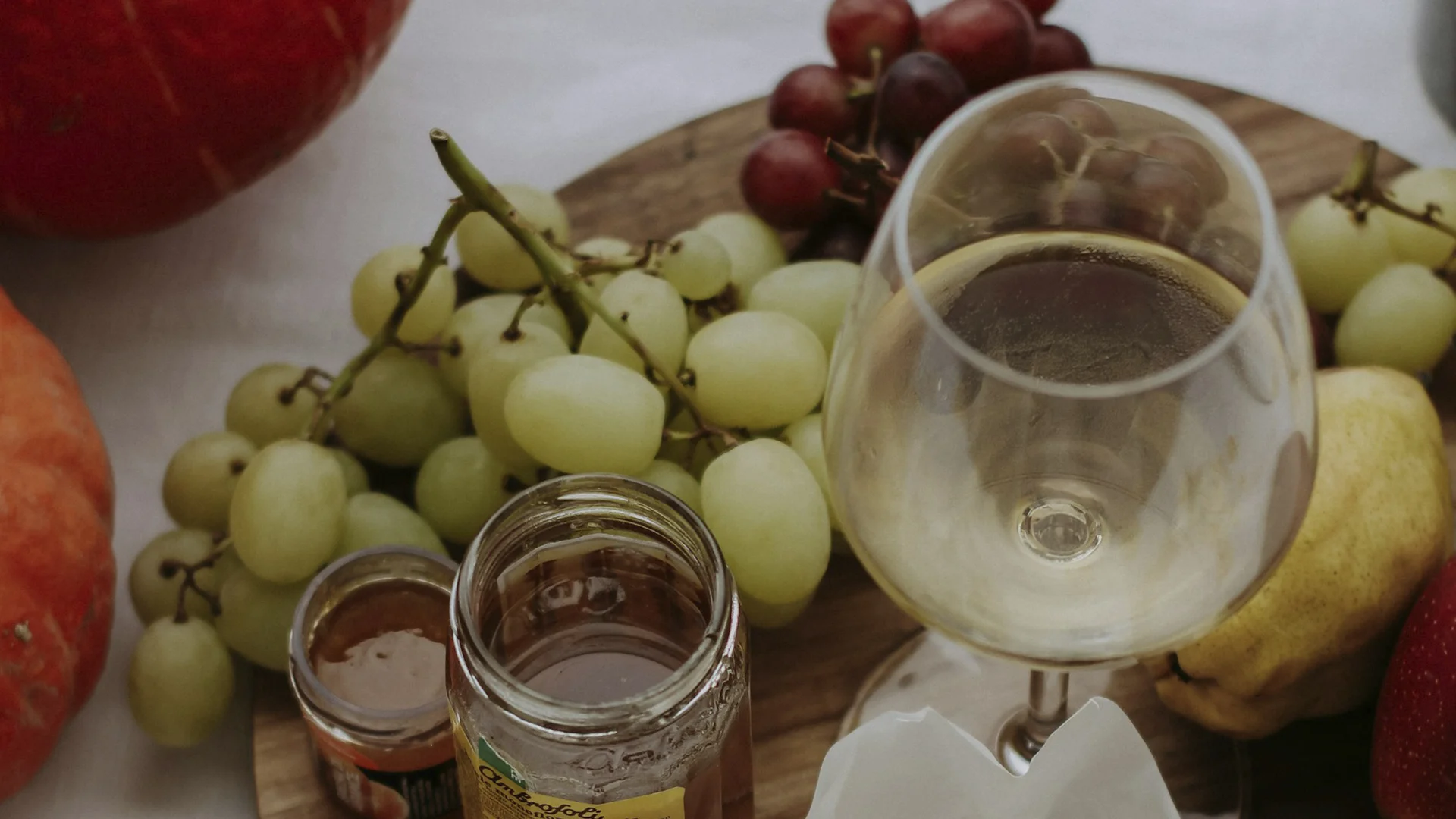


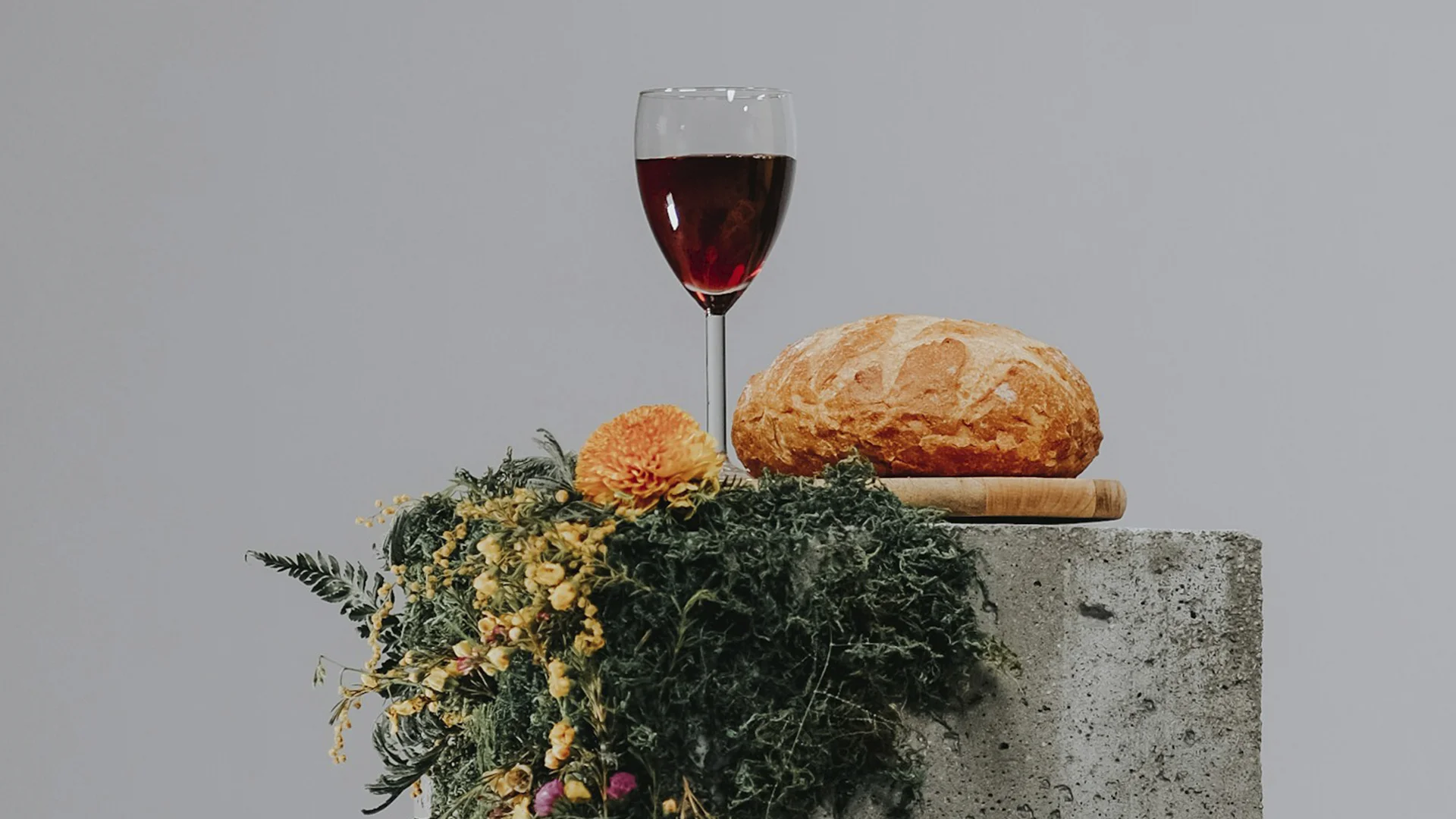


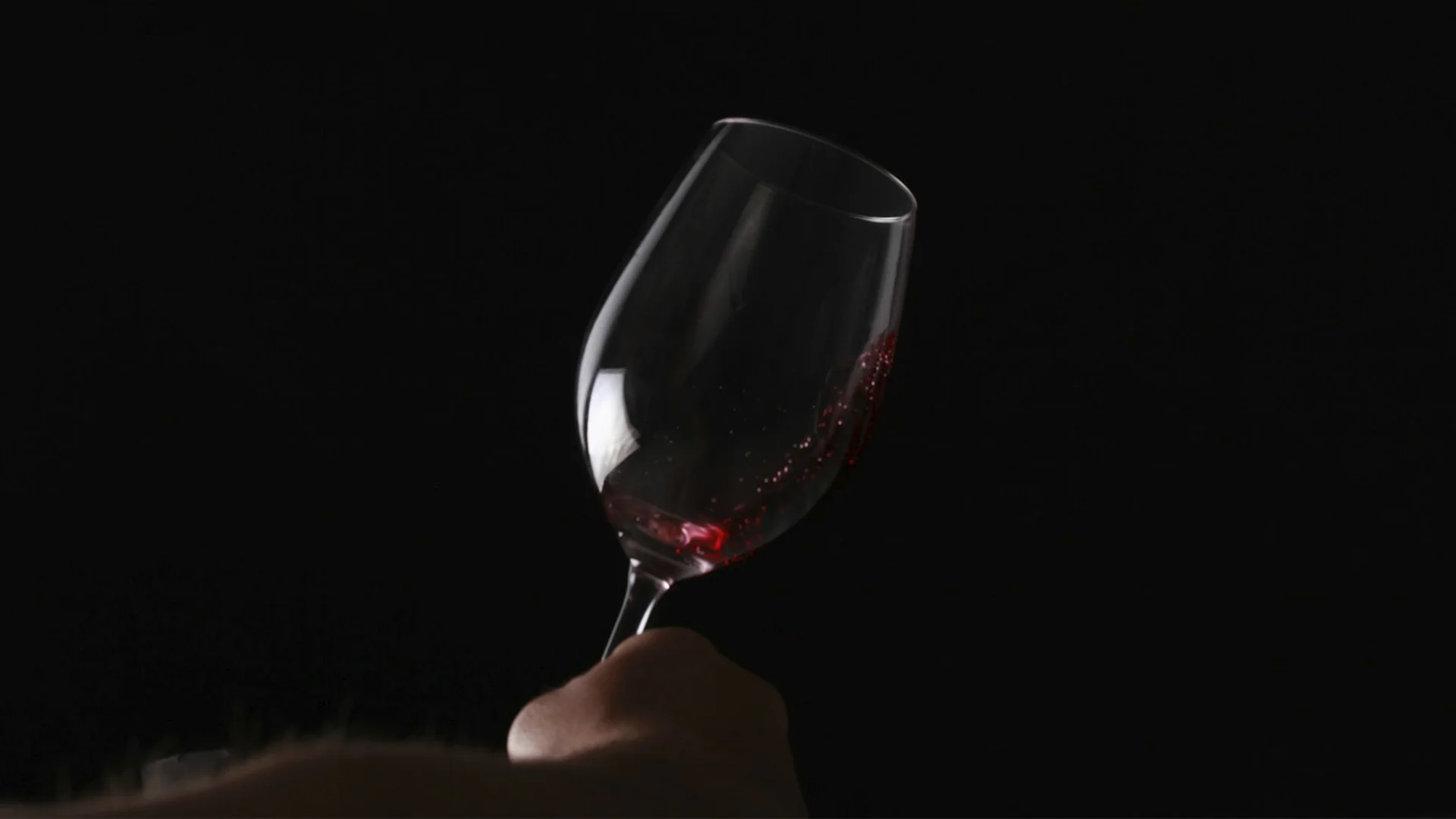

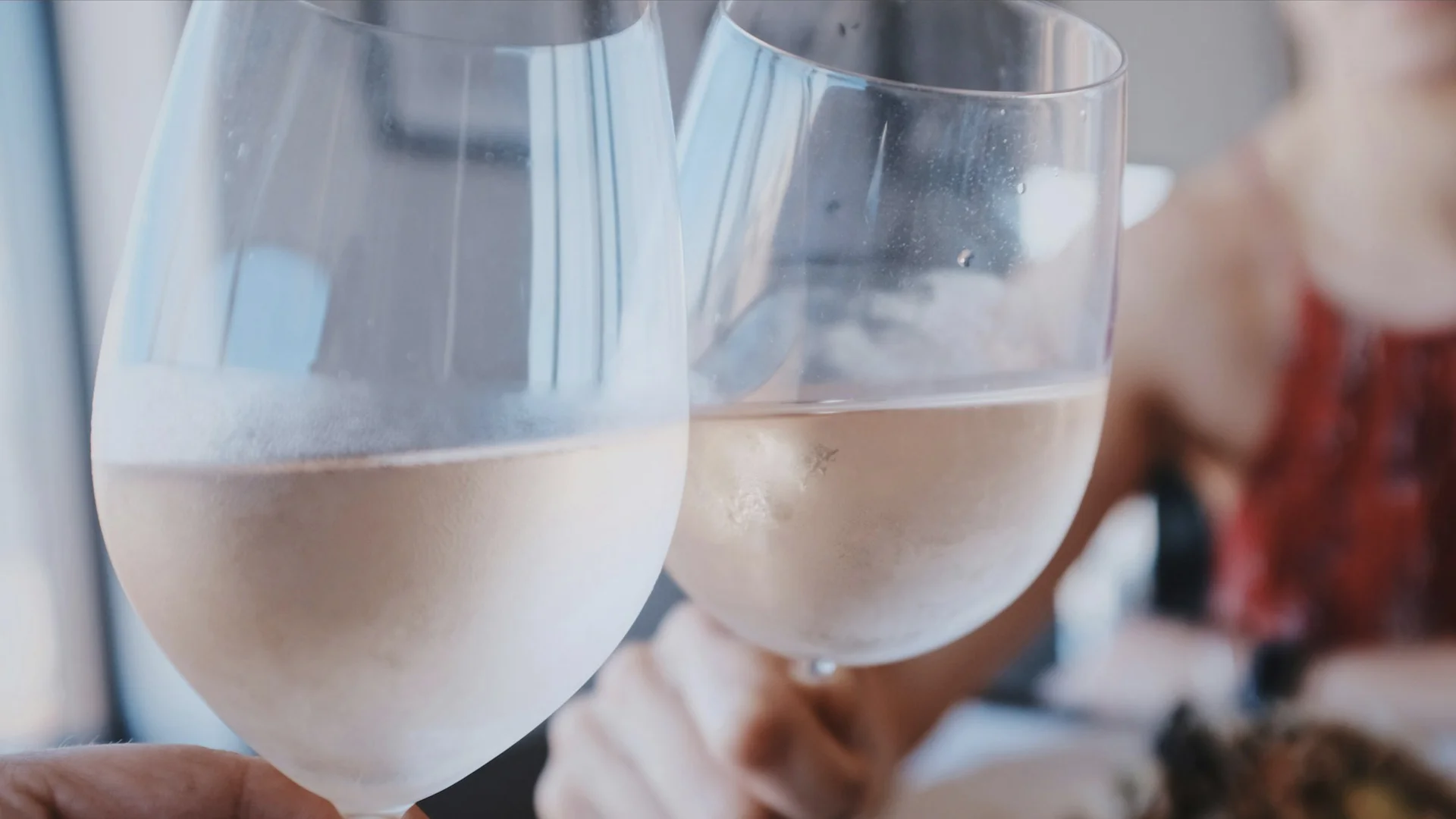




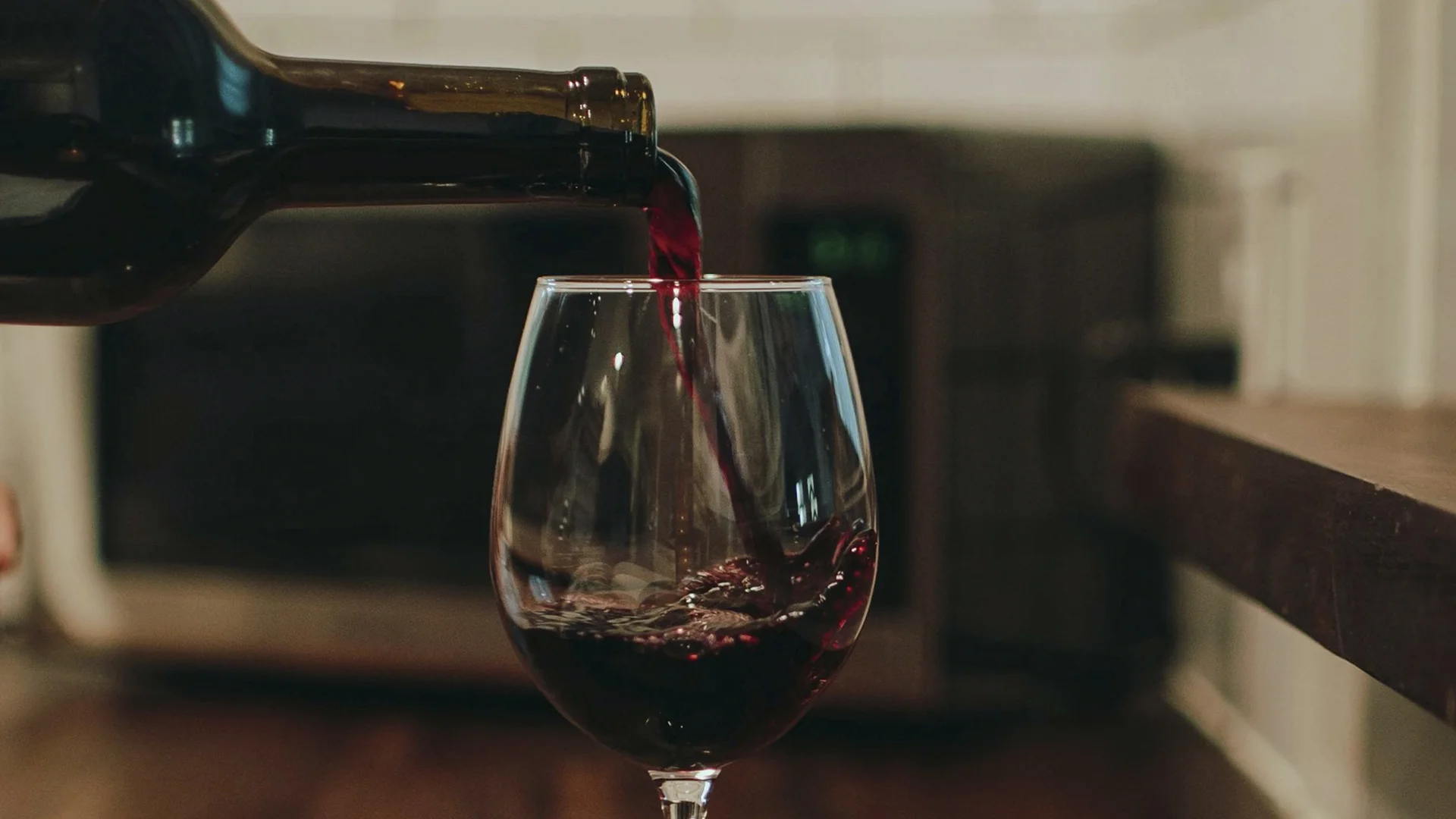
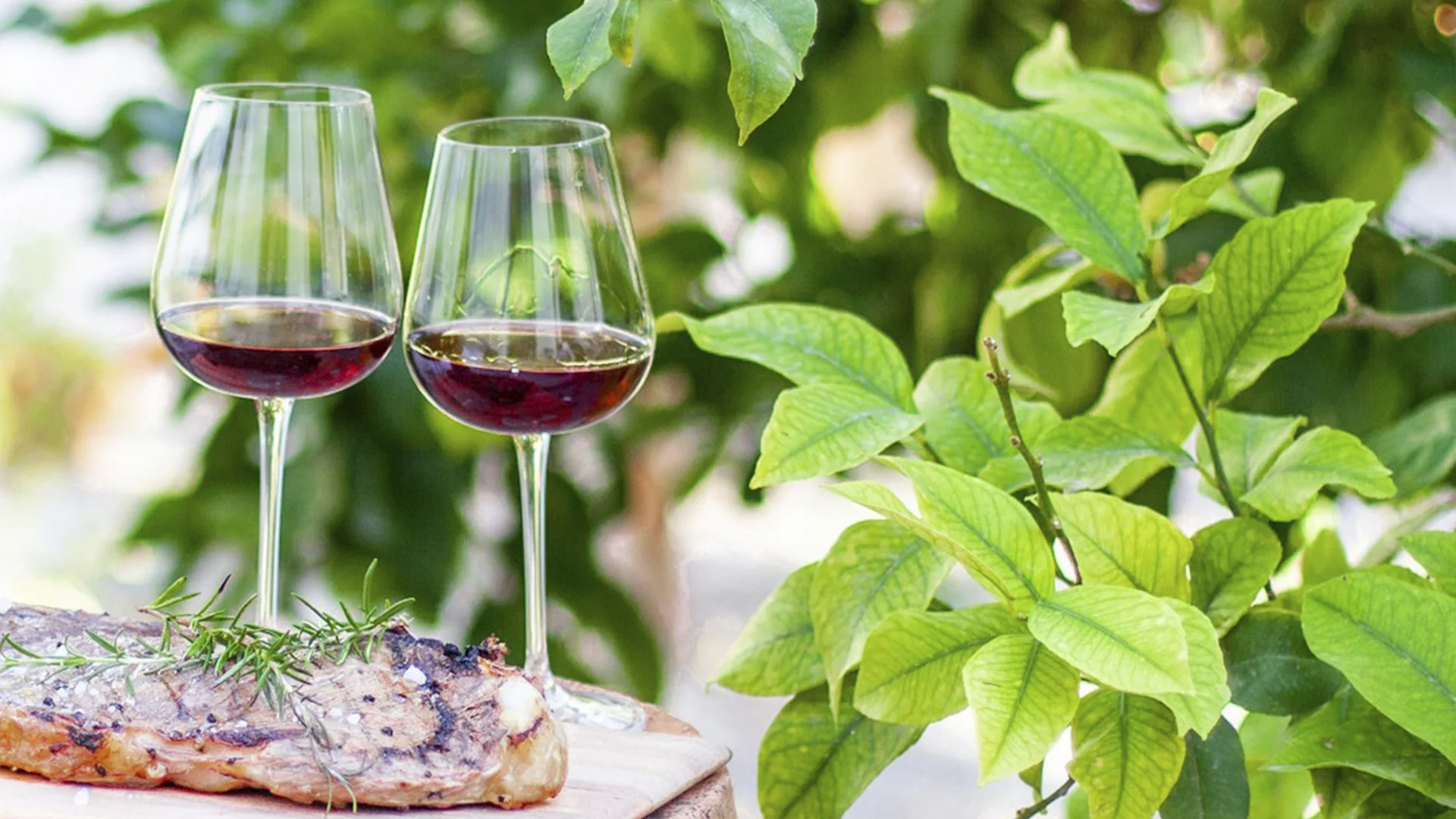

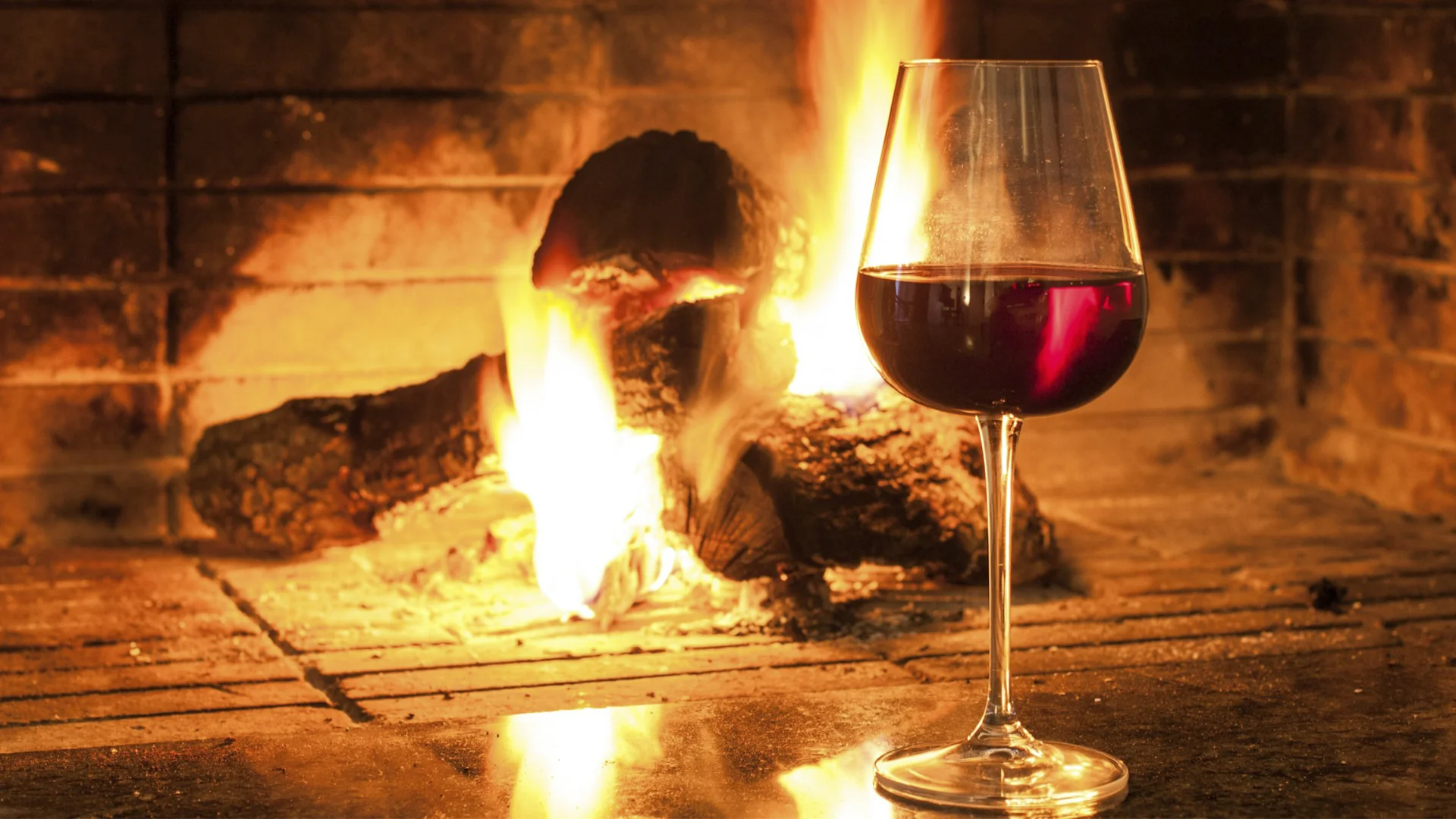


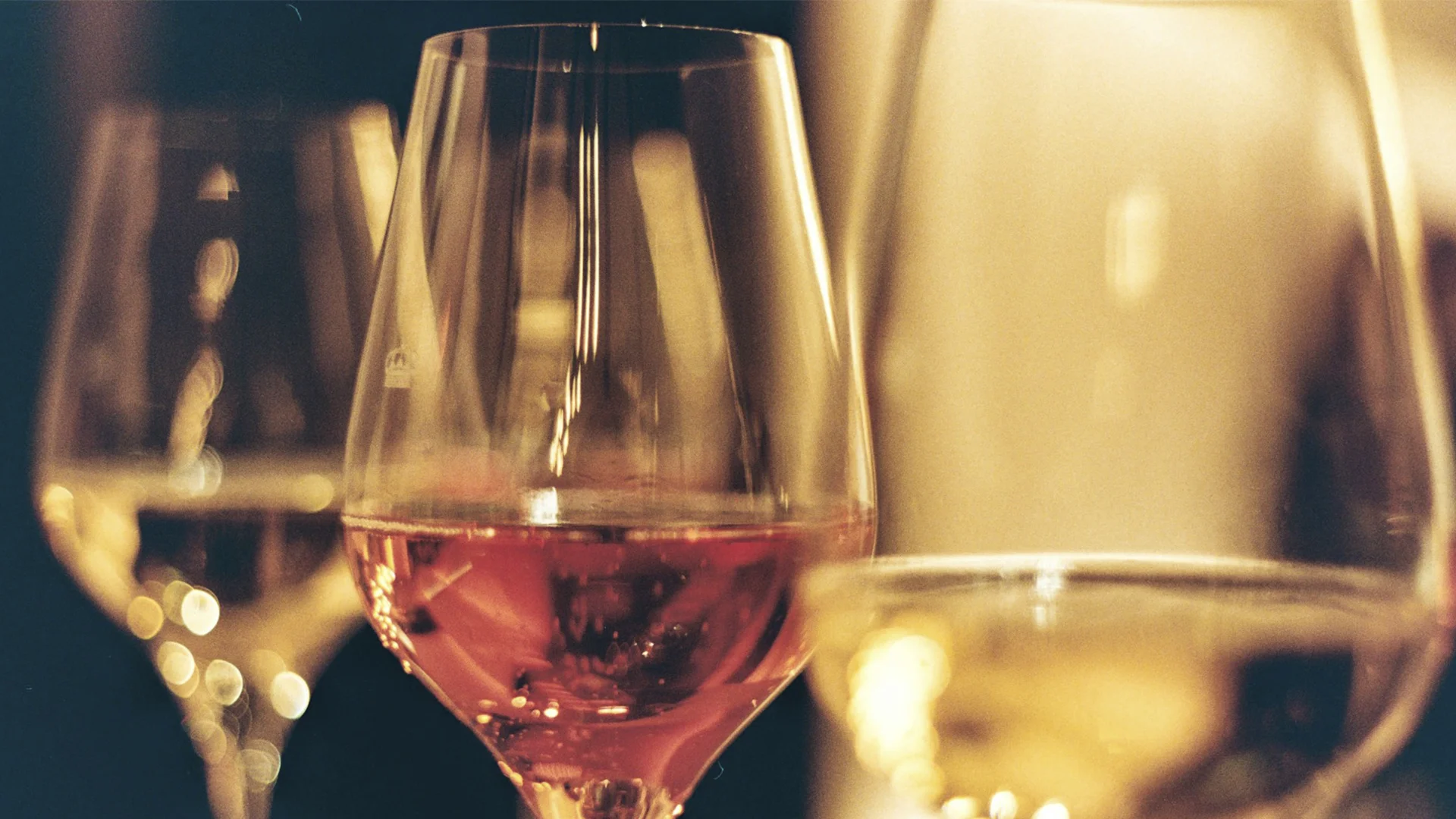
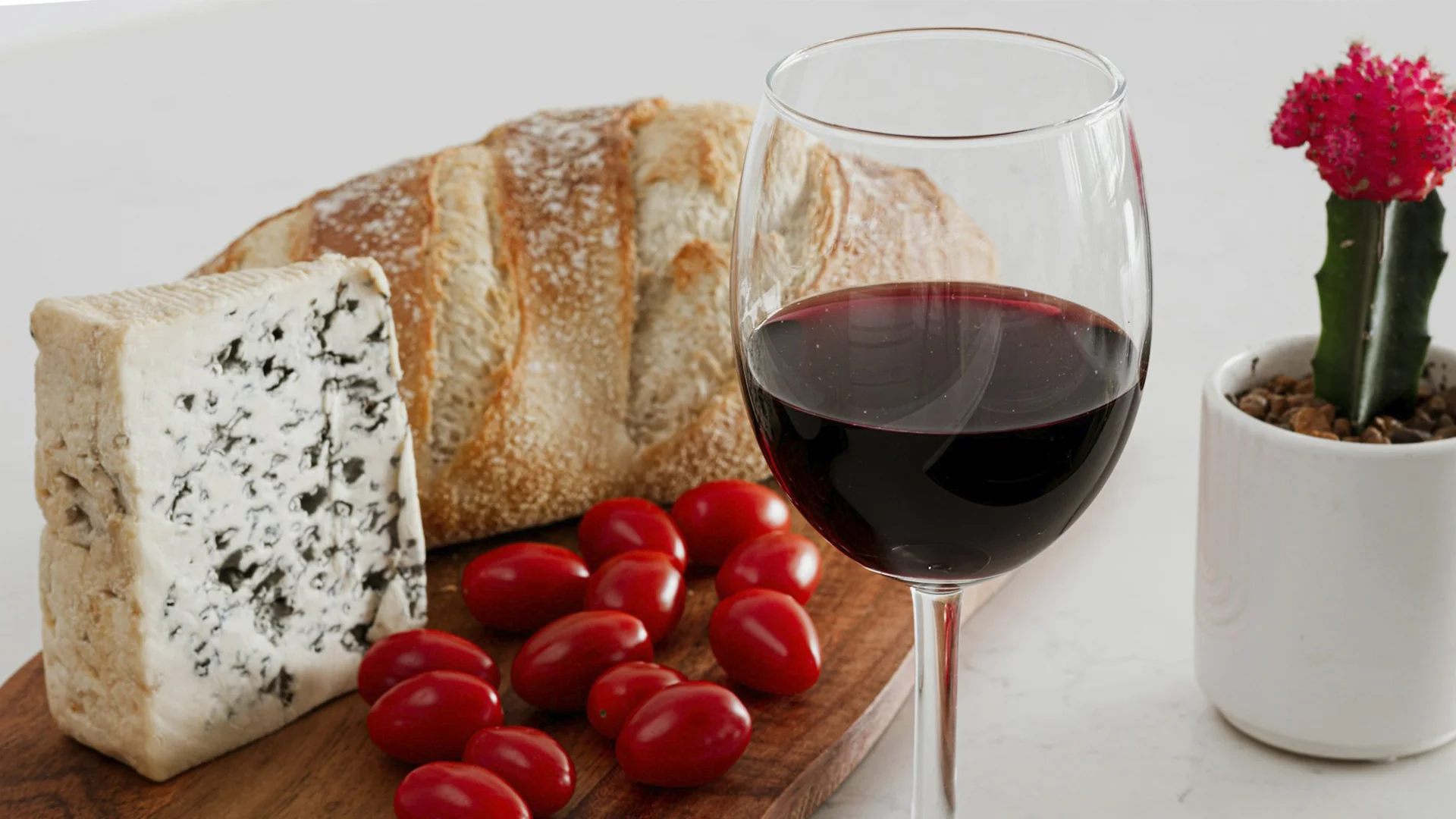
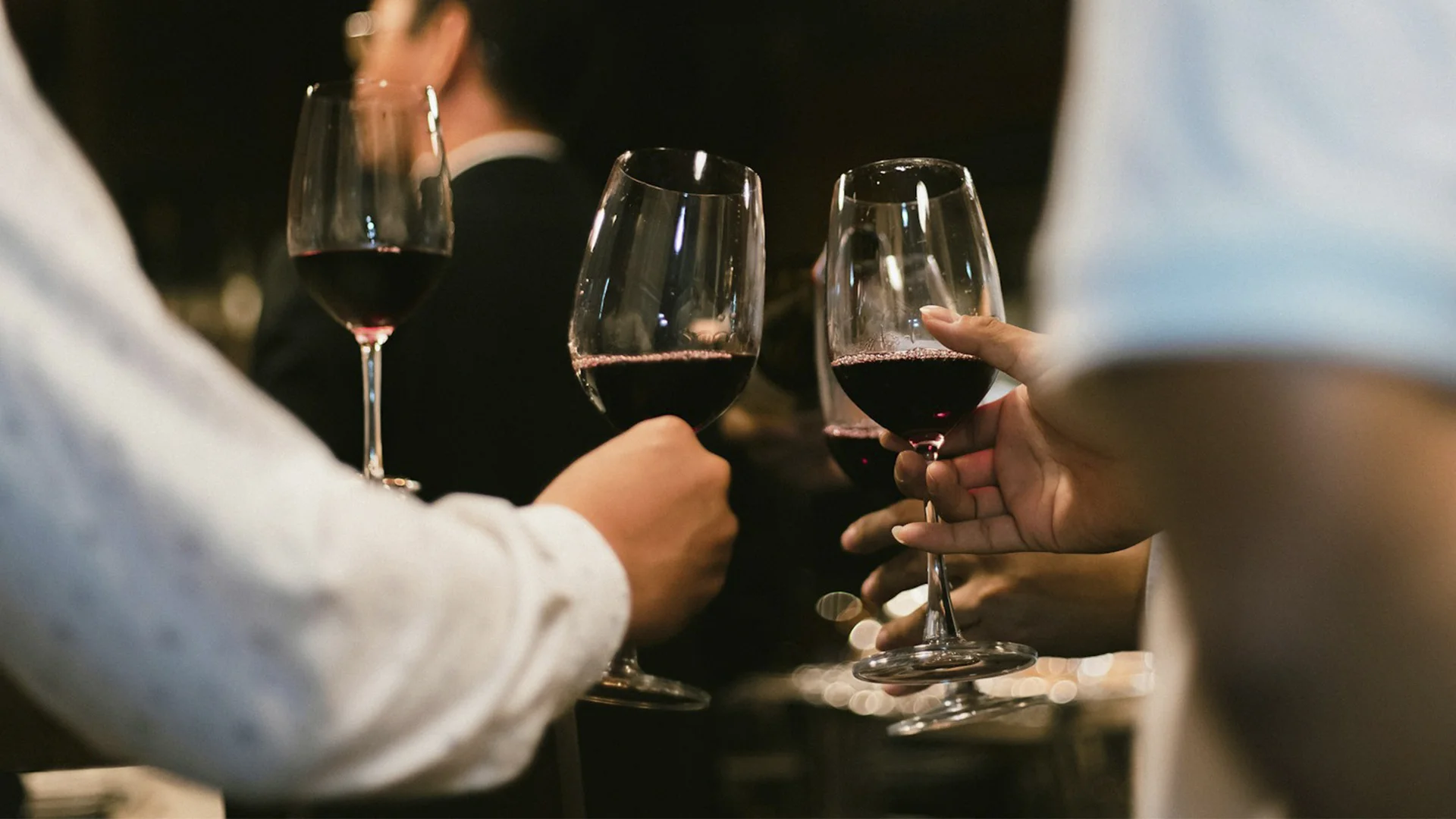


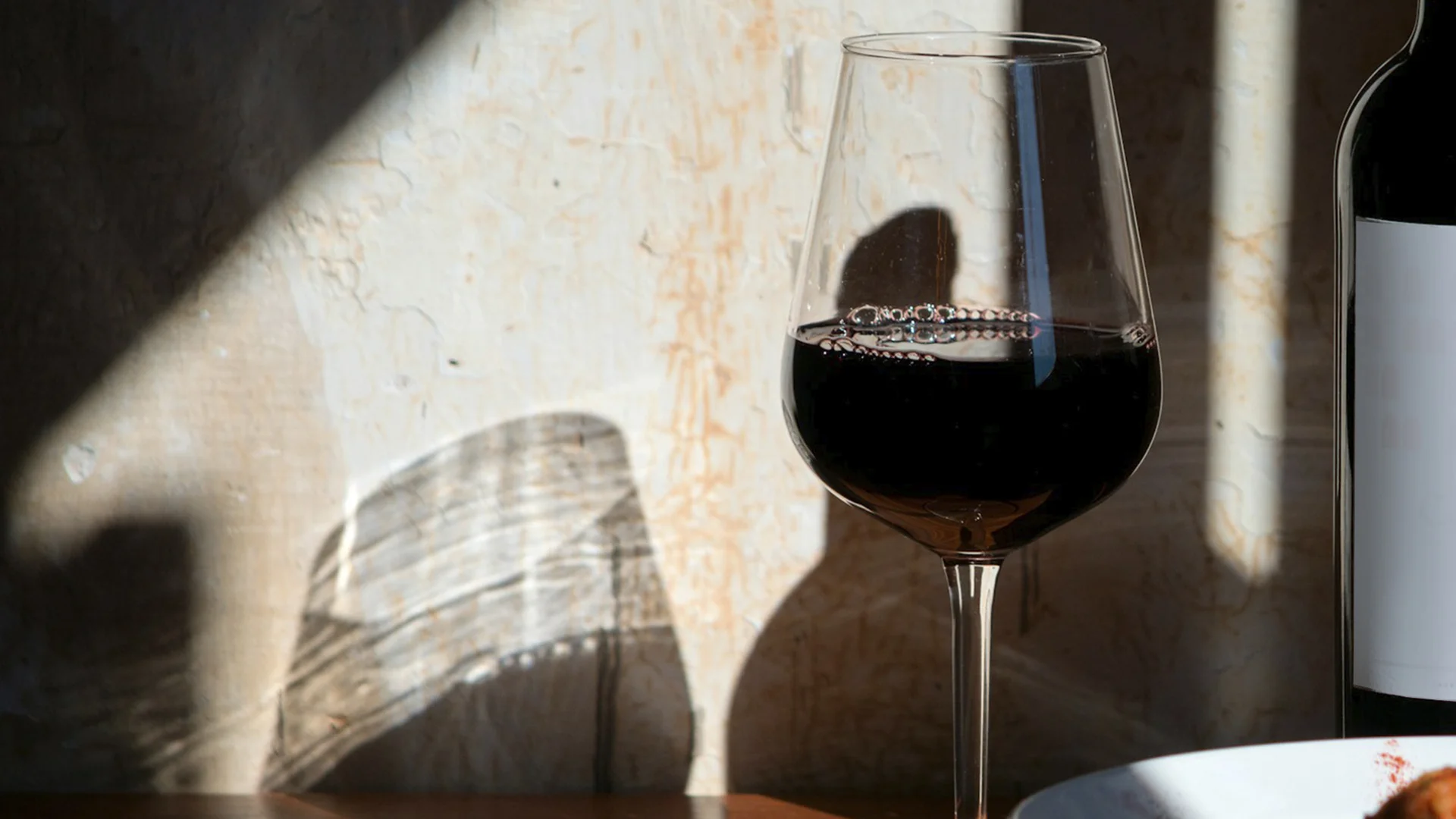
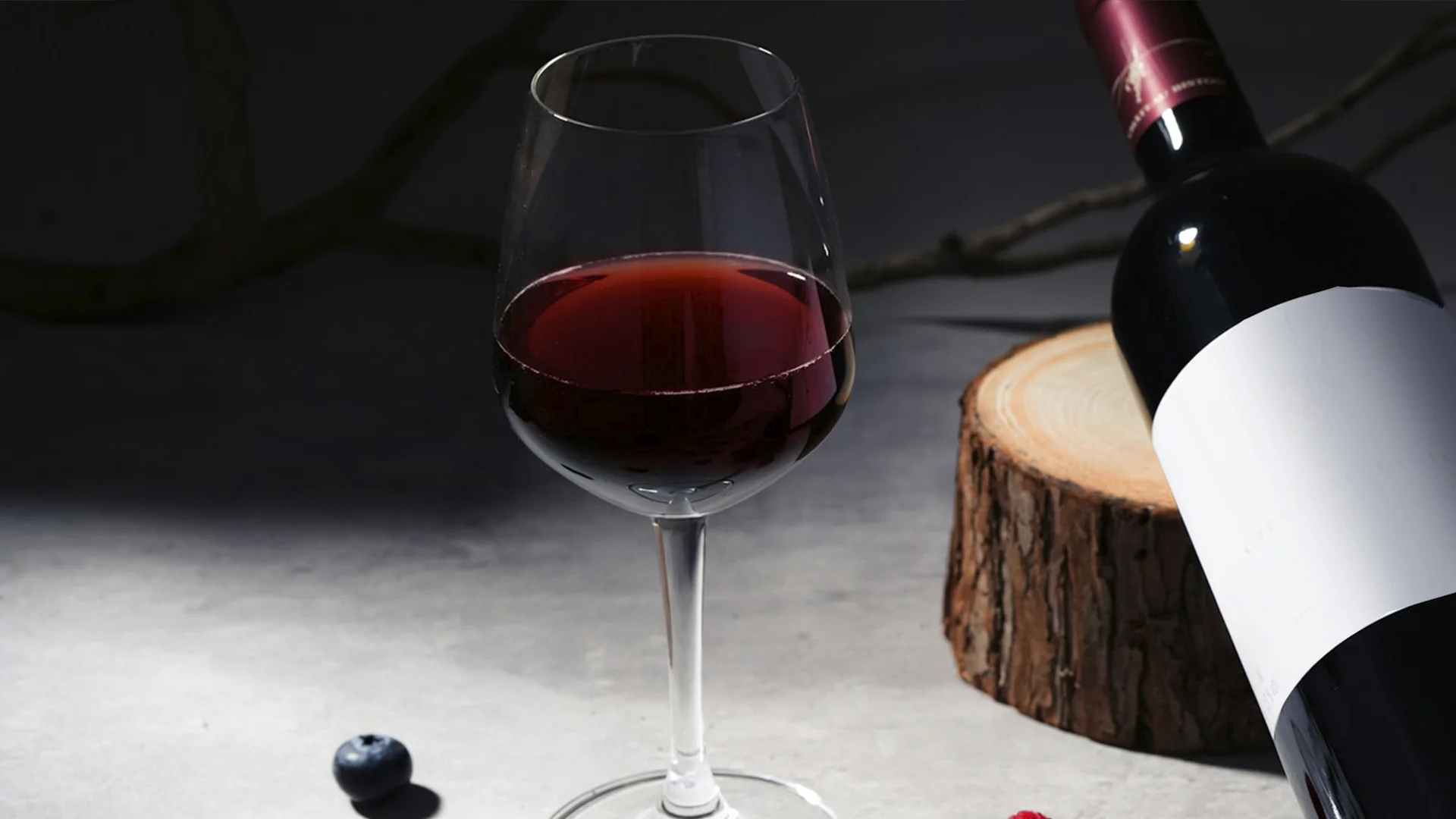
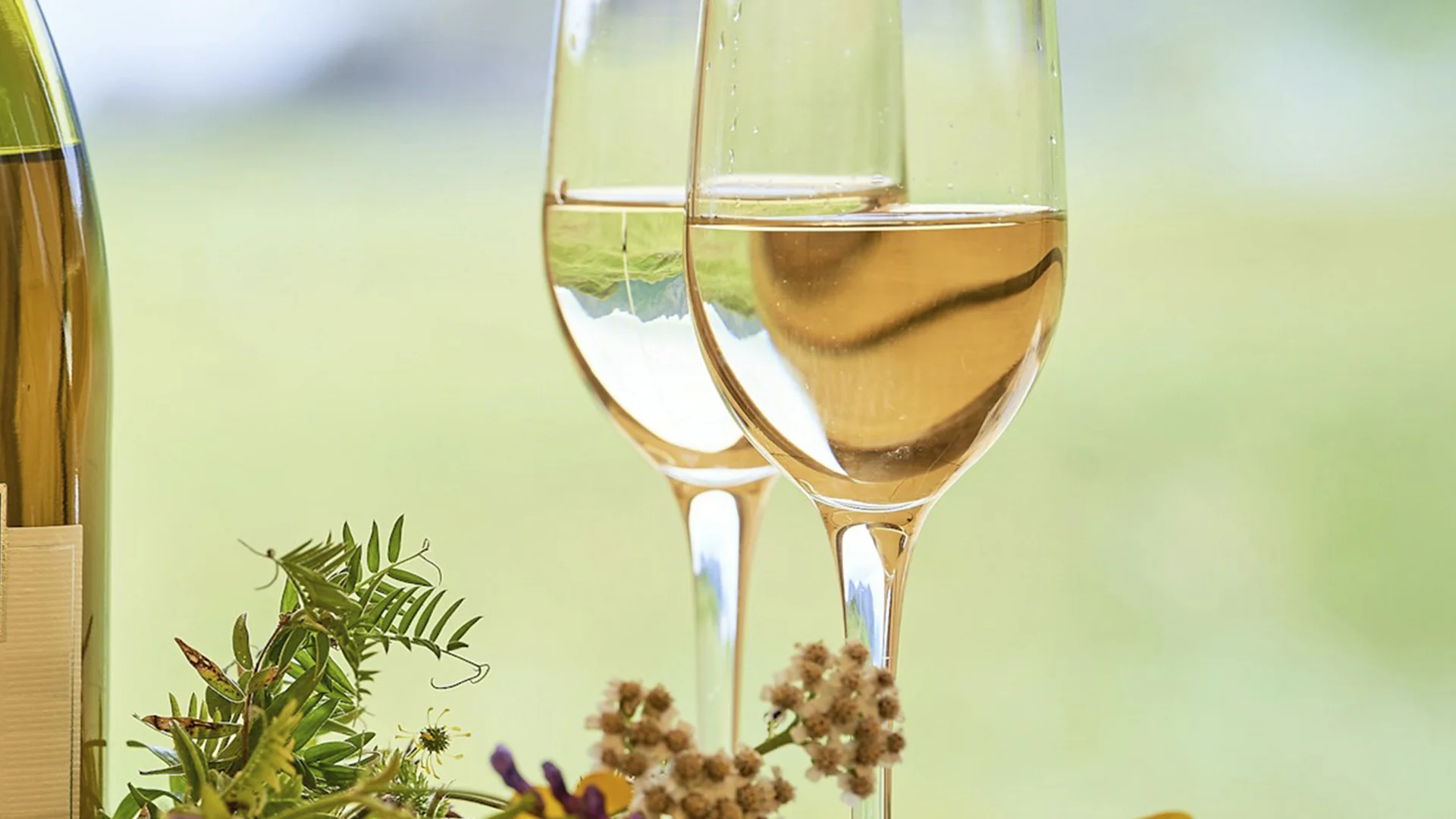
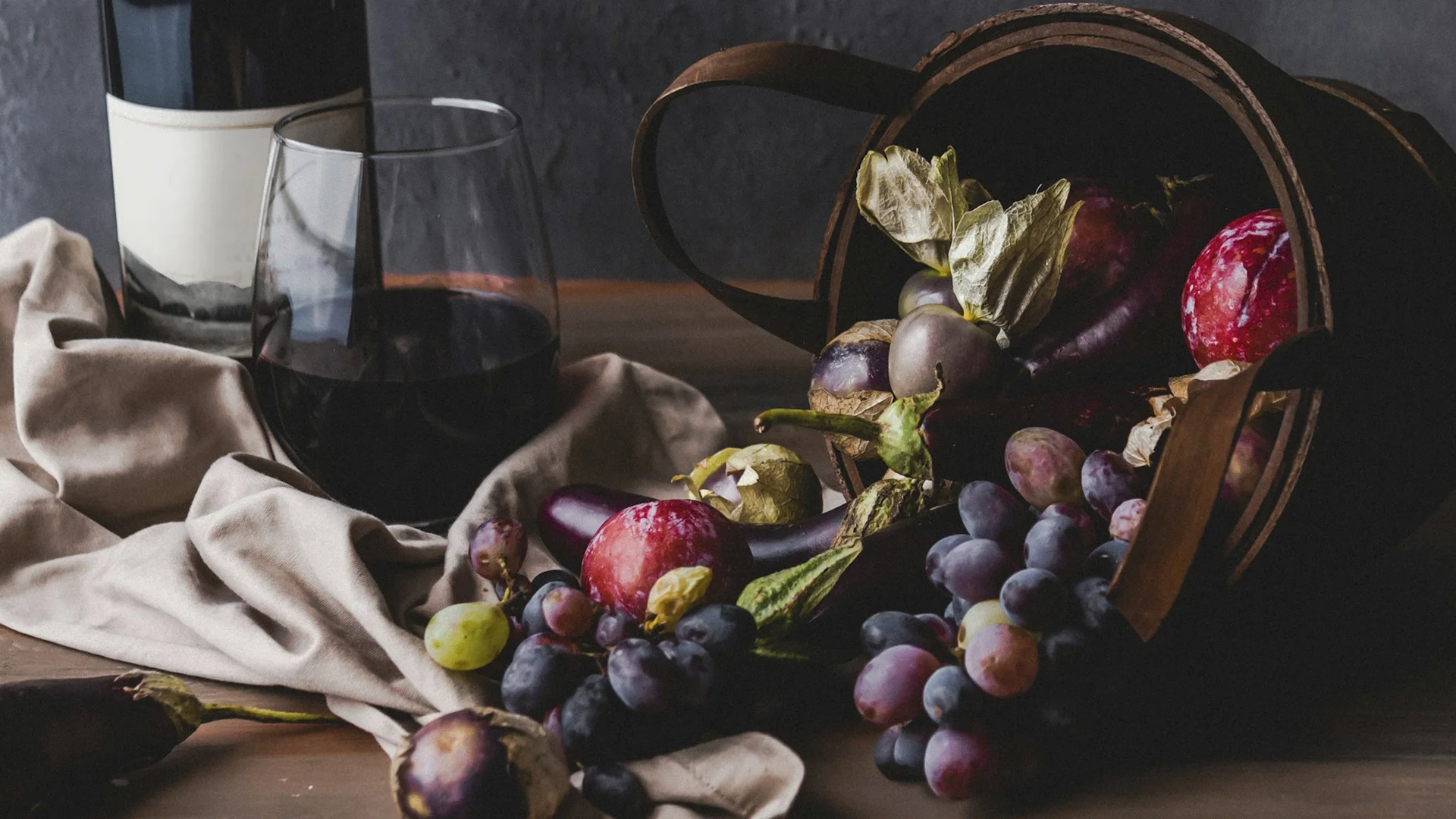
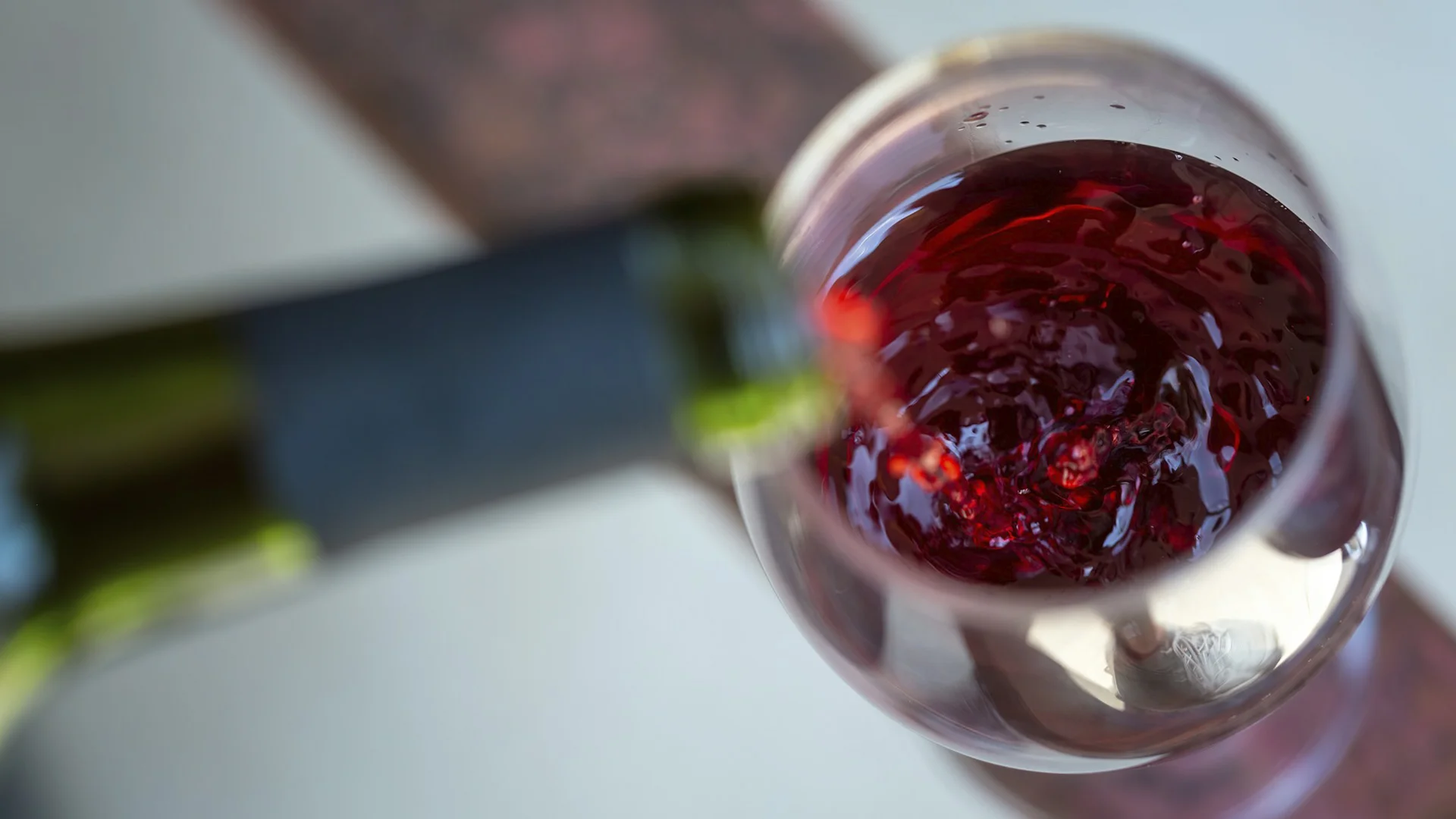
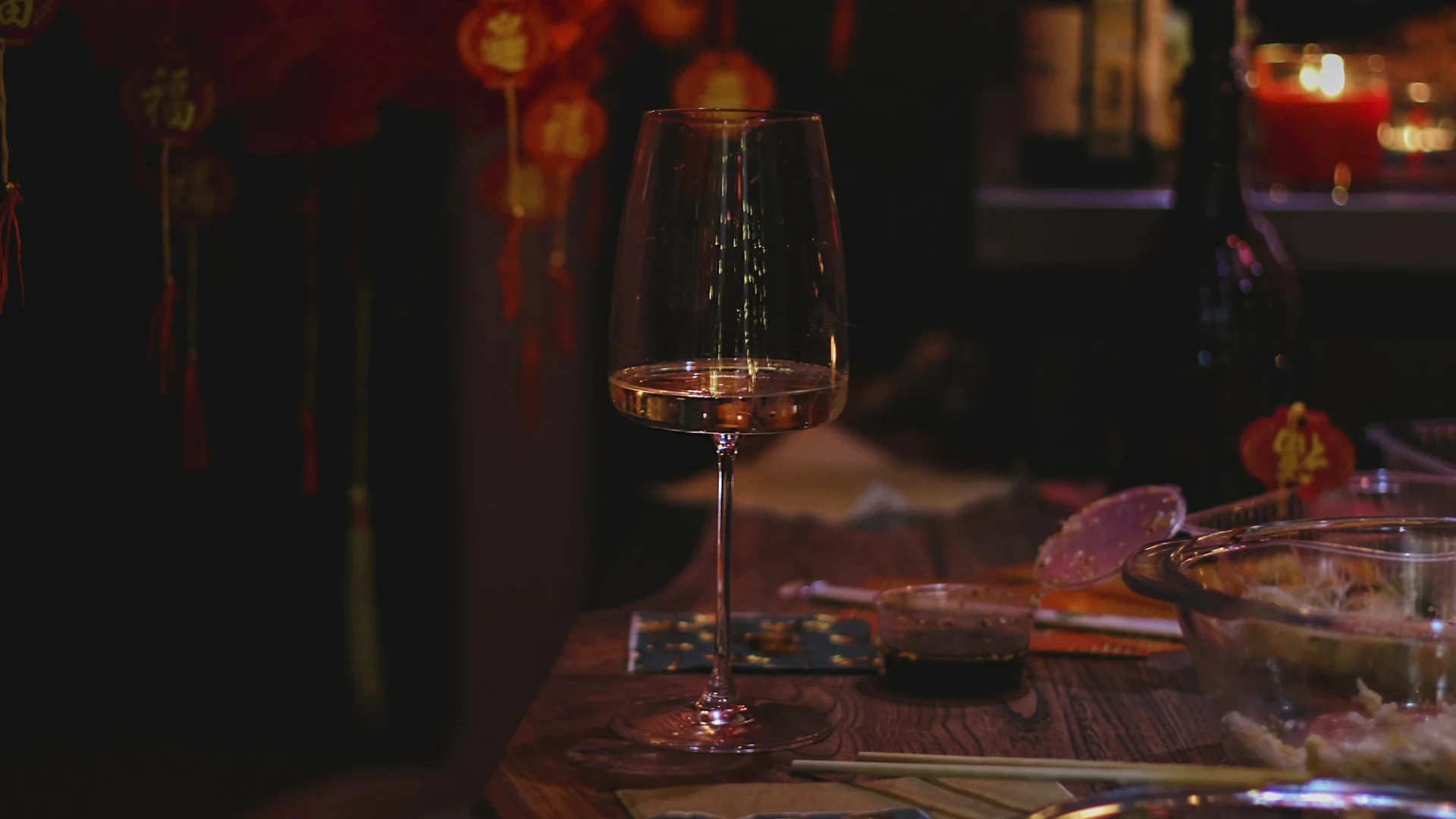
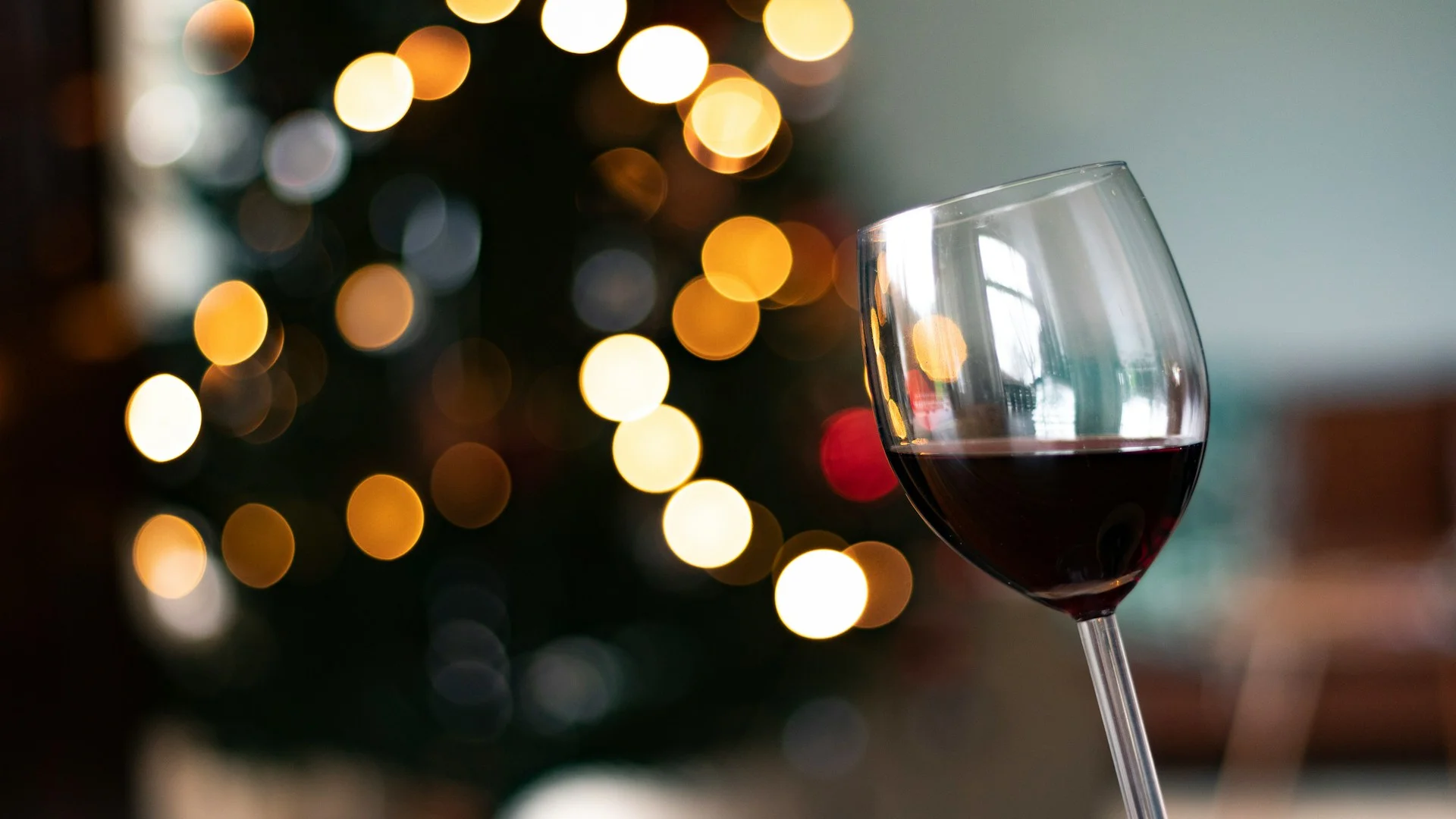





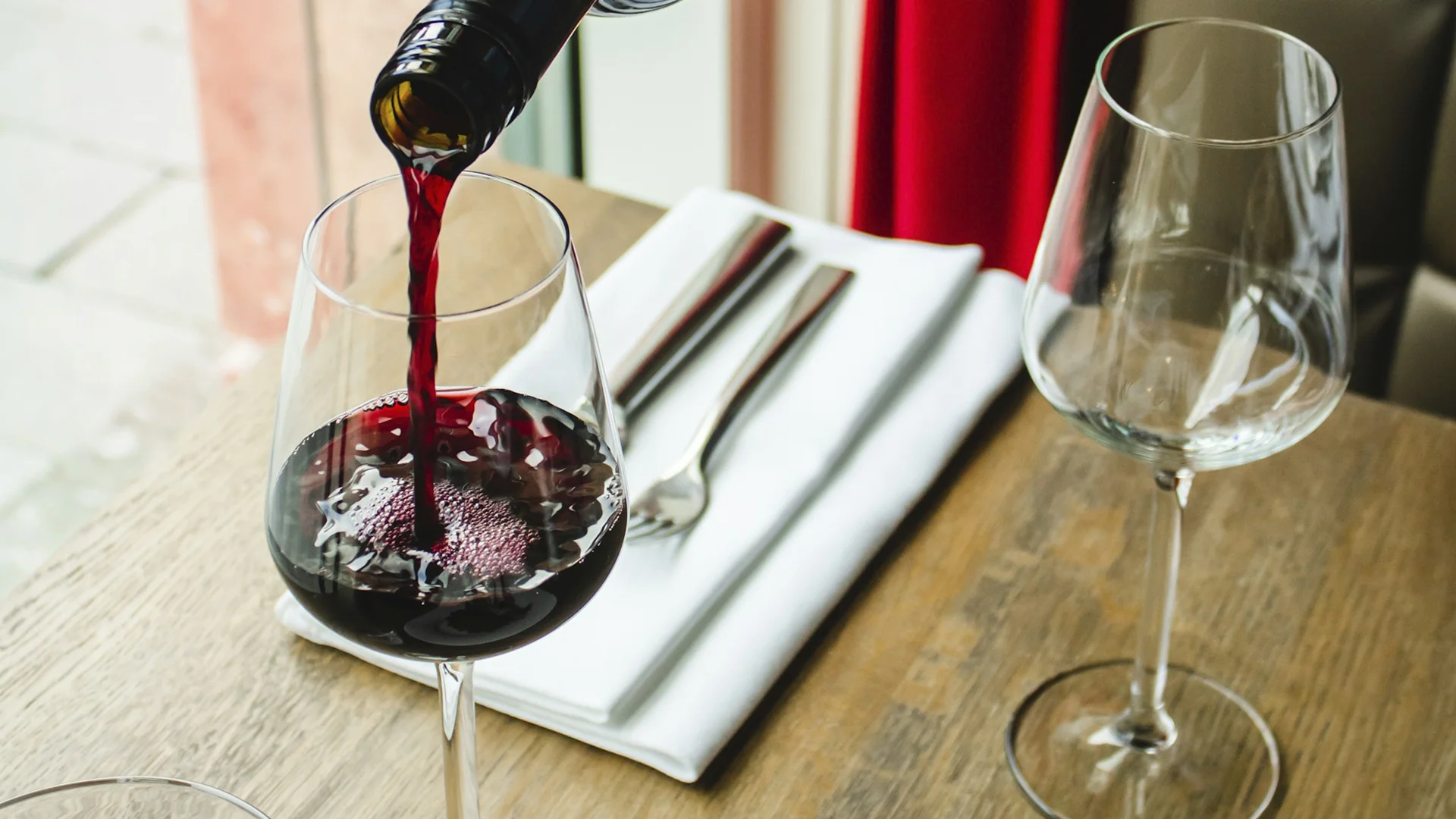












.webp)

.webp)
.webp)
.webp)



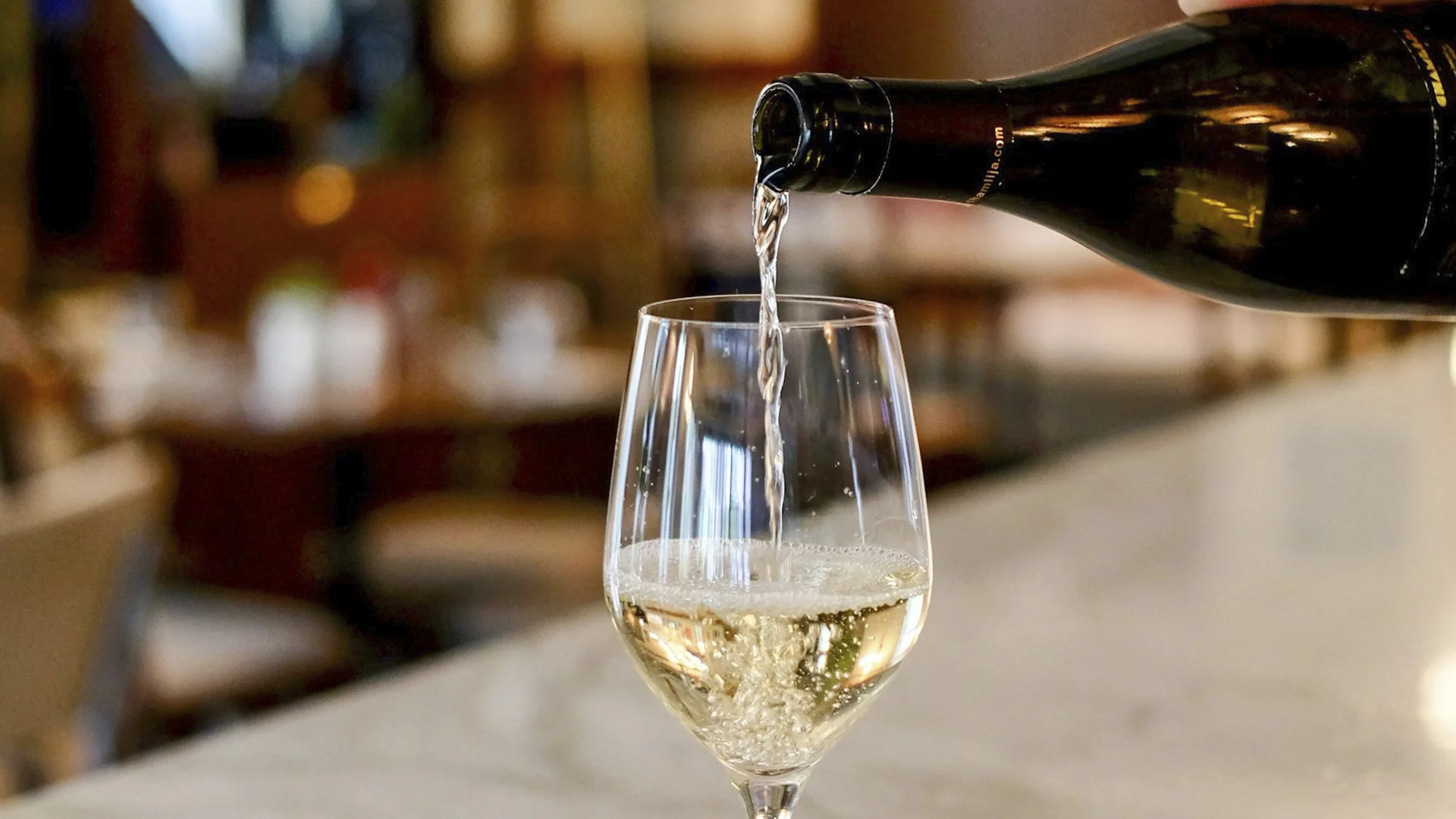


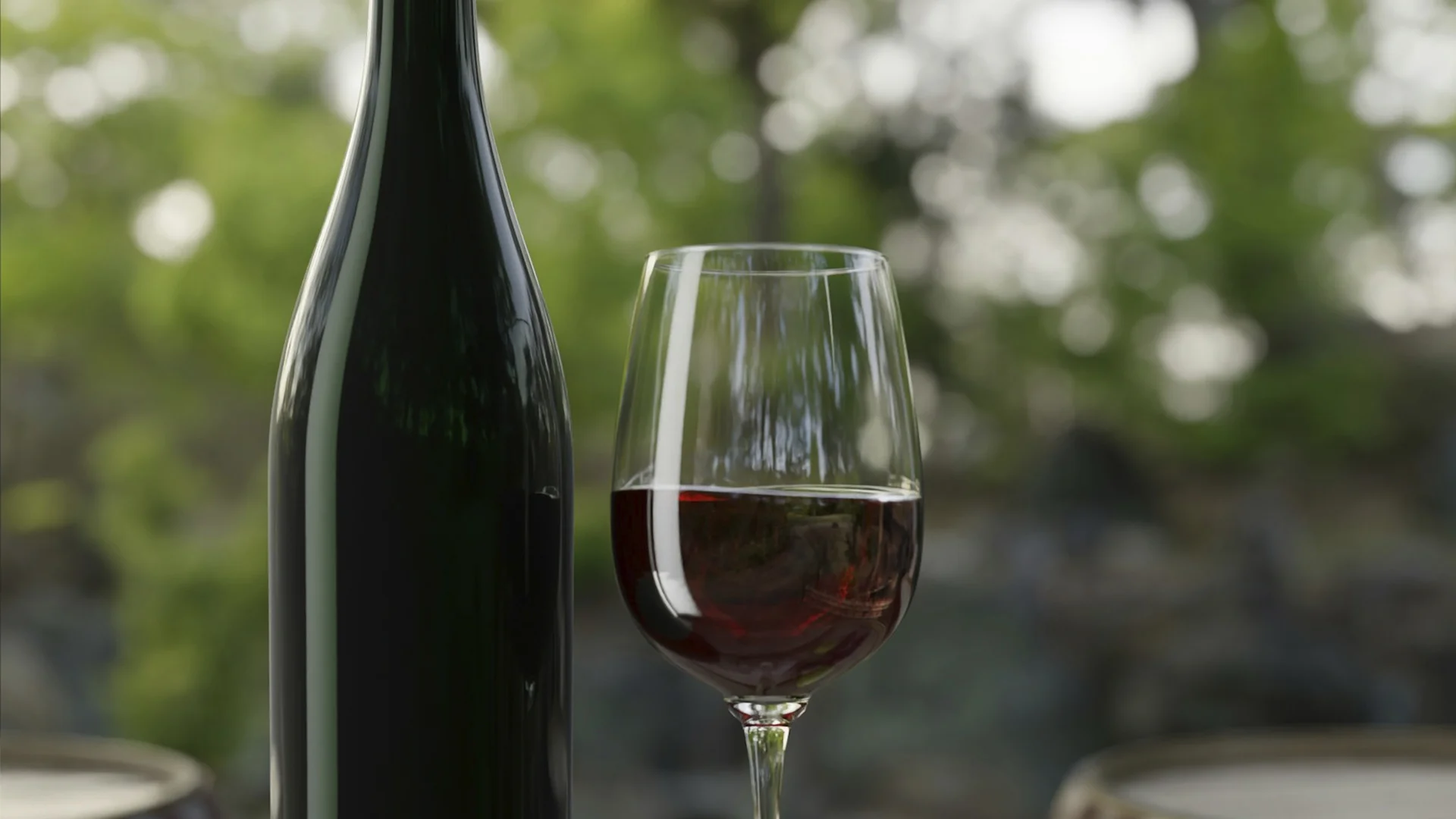



















.webp)













Are you interested in
collaborating with us?